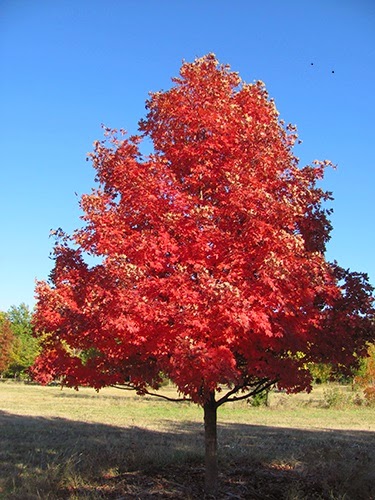Sorghum Headworm Traps set in Kansas including Post Rock Extension District
by Sandra Wick, Agriculture and Natural Resources Agent
I wanted to let you know of an insect study being conducted here in north central Kansas including our Post Rock Extension District. You may not think that grain sorghum has many problems with insects once the head emerges; however, there is potential for several different culprits that could feed on the grain in the head. One is the corn earworm or sometimes called the sorghum headworm. Although the larvae of this moth prefer corn, they can infest sorghum heads. The head capsule is light brown, and the body color varies from pink to green to brown with light and dark stripes along the length of the body. Larvae can be 1½ inches long at maturity.
Infestations are more common in southern Kansas, but lately have been seen all over the state of Kansas. Consequently, sorghum headworm is a migratory pest and infestations are reoccurring in Kansas, but infestations are dependent on moth movement from Southern parts of the United States. Grain sorghum is vulnerable to infestation from bloom through milk stages. One to two larvae per head can result in approximately 5 to 10 percent yield loss. The average size of larvae at detection is a key consideration, because less will be gained by treating older, larger larvae. The decision to treat should balance the expected yield and crop value against treatment cost and the amount of damage that can be prevented. It has been a difficult challenge for producers to scout and actually count the headworms to determine if treatment is necessary.
 |
|
Kelly Roush , Smith County cooperator and producer, along
with Kent Hampton, KSU, discuss the operation of the trap.
|
The proposed research project goal is to increase producer profitability and enhance the agricultural industry by providing sampling tools and an early warning system to alert sorghum stakeholders of pest activity in sorghum, thus helping protect yields from a major sorghum pest. Consequently, e-Hartstack data, which is electronic, can be easily formatted for web-based decision support systems as well as help answer research-driven hypotheses (e.g., timing insecticide applications, targeting infestation events, scheduling treatments).
 A series of traps for 2014 are set in Barton, Finney, Mitchell, Republic, Rush, Saline, Scott, Smith, and Washington counties. Pictured is the complete trap with the solar powered system along with the data collection device along with the trap. Two traps are located in Mitchell and two in Smith counties. If you want the exact location, just give me a call or email.
A series of traps for 2014 are set in Barton, Finney, Mitchell, Republic, Rush, Saline, Scott, Smith, and Washington counties. Pictured is the complete trap with the solar powered system along with the data collection device along with the trap. Two traps are located in Mitchell and two in Smith counties. If you want the exact location, just give me a call or email. For additional questions on the Sorghum headworm study, contact Sandra in the Post Rock Extension District Office in Smith Center at swick@ksu.edu.
Post Rock Extension District of K-State Research and Extension serves Jewell, Lincoln, Osborne, Mitchell and Smith counties. Sandra may be contacted at swick@ksu.edu or by calling Smith Center, 282-6823, Beloit 738-3597, Lincoln 524-4432, Mankato 378-3174, or Osborne 346-2521. Join us on Facebook now at “Post Rock Extension”. Also remember our website is www.postrock.ksu.edu.








